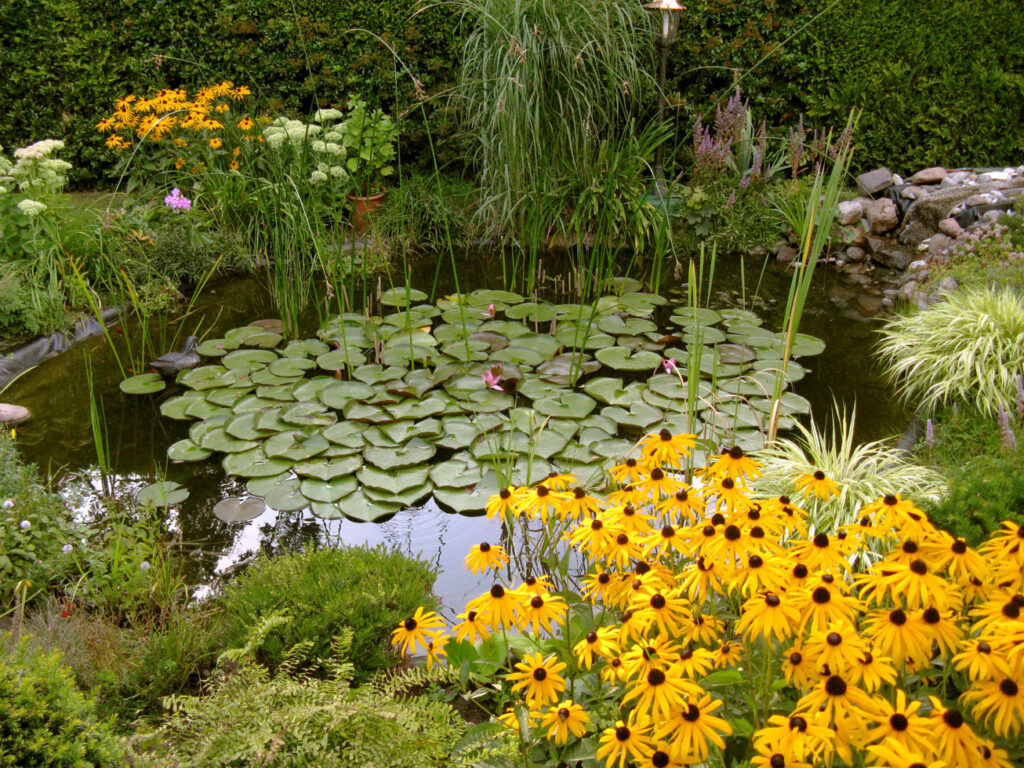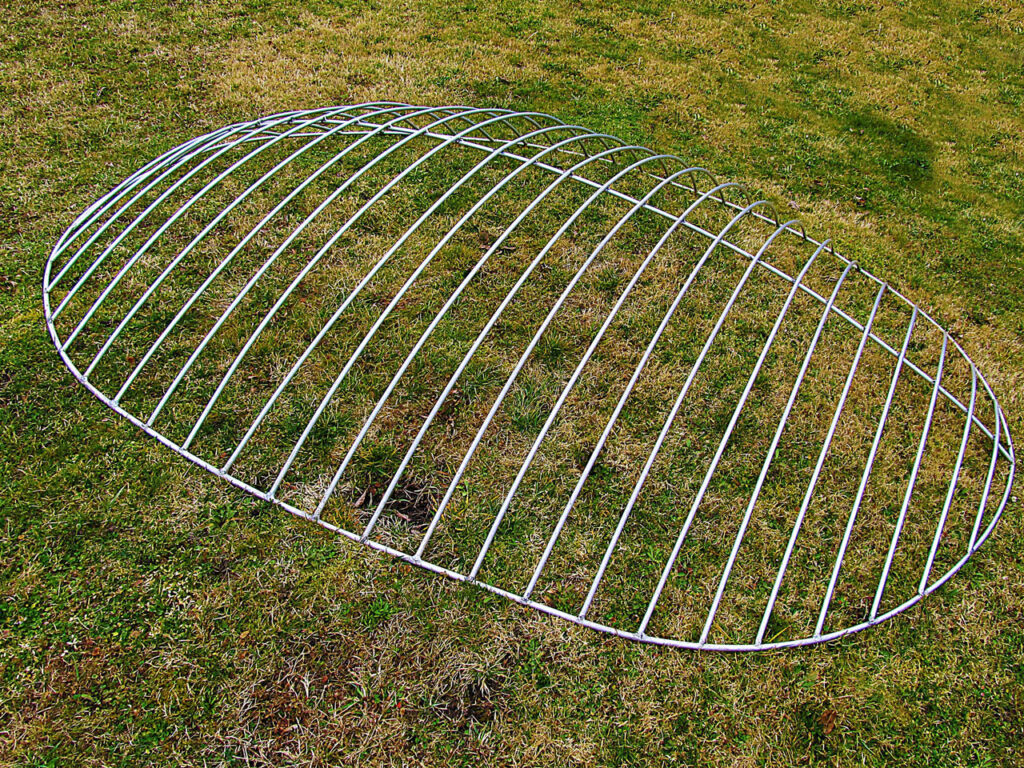Garden ponds are an integral part of garden design. But what if children play in the garden? Then even the most beautiful pond can become a risk. Unfortunately, it happens again that small children drown in the garden pond. The small body of water does not even have to be deep.
It is difficult to set limits to the exploratory genius of small children, as all parents know. And a pond in the garden is of course a great nature experience for children, especially if there are amphibians or fish there. But since even the most conscientious parents can never have their eyes everywhere, water areas need to be secured. When it comes to pond safety, there are various methods that, individually or in combination, can reduce the danger for children.

A solid fence around the water doesn’t sound very appealing at first. However, you have the option of letting it be overgrown by reeds and rushes half-high on both sides, for example. This looks very natural and is a good barrier for small children – unfortunately only until they can climb properly.
Furthermore, you could “flatten” the deep water zones with appropriately sized stones. If there are plant troughs with various water plants between the stones, the whole thing also looks relatively good.
If children rarely visit, a mobile fence would be a possible alternative. This can be done, for example, with a canvas tarp about 1 meter wide. The tarpaulin is provided with simple hole eyelets and then sunk into the ground with iron rods.
A completely different strategy relies not on protection but on distraction: Many parents or grandparents build an extra pond for small children, a very shallow one of course, with a proper mud zone. Then the other water areas are no longer so interesting.
Covering the water surface

Otherwise, there is only the equally unattractive variant of covering from above, either as a net or grid fuse. In the case of net protection, the water surface is covered with a load-bearing, firm net mesh made of plastic. Such nets are available in specialized stores, for example, for fishing and sports supplies or for playground equipment. The net must be firmly anchored; sturdy tent pegs in the ground keep it under tension.
In contrast, the grid protection sits below the water surface: best suited for this are sheathed structural steel mats (so-called reinforcement grids, available at hardware stores) with the smallest possible mesh size, so that even a small child’s foot cannot slip through. In the case of a prefabricated pool, the mesh could be placed on the planting terrace. The mats also need to be anchored to the shore, and in the case of a large pond, additionally supported in the middle.
Unfortunately, there are no better ways to protect children from ponds. It is dangerous between the first birthday and until the fourth/fifth year of life, when the little ones cannot swim yet.
Children should be watched closely at that age when they are near ponds. Unfortunately, there is no such thing as one hundred percent safety.









